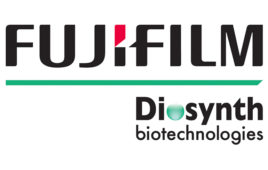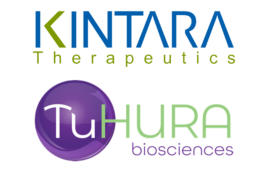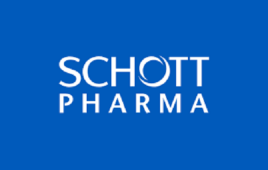Cloud-based plant process management systems are gaining ground. Here’s what pharmaceutical companies should know about cloud software security.

[Image courtesy of Parradee/Adobe Stock]
Moving to the cloud offers an additional layer of security through the browser. In fact, a well-designed cloud-based system that complies with modern security standards is usually more secure than a locally hosted legacy solution. With a SaaS model, companies can outsource security activities to the Cloud Service Provider (CSP), including system design and architecture, software patches and upgrades, threat landscape monitoring, backups, disaster recovery and incident management.
A cloud-based PPM system must be built to address all three elements of data security: confidentiality, integrity and availability. These seven best practices in cloud security are a good place to start when evaluating potential cloud-based PPM solutions.
1. Software development practices
A secure cloud application integrates security throughout the entire development process—an approach known as “DevSecOps.” DevSecOps integrates security practices with development and operations across the entire software lifecycle. This includes:
- Secure development methods for building and versioning software.
- Ongoing testing and evaluation of the software.
- Post-deployment updates, patches and maintenance.
- Adaptive security measures for responding to emerging threats.
2. Architecture
Secure cloud architecture includes a combination of data-, network- and application-level security measures. Some of these include:
- Strong identity and access management (IAM) for authorized users.
- The use of HTTPS for encrypted communication between the web browser and cloud application, and encryption for stored data.
- Multiple levels of firewalls and intrusion prevention systems (IPS).
- Network segmentation and a multi-tenant architecture to isolate each customer’s data.
- Intrusion detection systems (IDS).
3. Backup and disaster recovery
The CSP should have a fully documented backup and disaster recovery plan to ensure continued data availability in the event of a server outage, natural disaster, or other forms of disruption. Best practices include:
- Geo-redundant servers and database backups, ensuring data and applications are stored in multiple geographic locations.
- An appropriate regular backup schedule based on the business needs and the type of data being stored.
- A comprehensive disaster recovery plan that details backup frequency, primary and backup server locations, automated recovery methods, security measures for backups and recovery time objectives (RTOs).
4. Security monitoring
- Both external and internal monitoring are crucial for cloud-based software security.
- External threat surveillance may involve a combination of automated methods and manual monitoring of the threat landscape through security forums for newly discovered malware, attack methods and vulnerabilities. Threat surveillance must consider both the application itself and other software it connects to, such as the browser or device operating systems.
- Internal security monitoring entails real-time monitoring of traffic and behavior for both the cloud application and endpoint devices connected to the system. This allows the CSP to monitor system health, availability and performance and detect unusual patterns of behavior that may indicate a breach.
5. Testing and analysis
Testing and analysis of cloud-based systems, including both infrastructure and hosted applications, are critical to ensuring security and reliability. This process helps to identify previously unknown vulnerabilities and informs the development of software patches or other mitigations to strengthen the system. This is likely to include:
- External black-box and gray-box penetration testing, where testers employ various methods to identify potential entry points for attackers.
- Threat modeling, which is a structured approach used to identify and prioritize potential security threats.
6. Incident management
An incident management and response plan helps the CSP respond quickly to security events that impact data confidentiality, integrity, or availability. By having a well-defined incident management and response plan, CSPs can quickly contain and resolve security incidents to minimize the impact on customers and their data. A plan may include procedures for:
- Detecting a security event.
- Threat mitigation activities, such as deploying software patches.
- Conducting forensic analysis to determine the cause and scope of the incident.
- Developing a communication plan to inform stakeholders and explain their risks and next steps.
7. Regulatory compliance
For secure applications such as pharmaceutical PPM, it is essential that the cloud application complies with current best practices, standards and regulations for cloud security. Here are some to look for:
- ISO 27001, which provides a framework for establishing, implementing, maintaining and continually improving security management systems, procedures and policies.
- ISO 9001, which governs quality management systems for software development.
- An SOC 2 report, which provides an audit of the company’s controls related to security, availability, processing integrity, confidentiality and privacy.
When adopting cloud-based plant process management, it’s important to pick the right partner by selecting a vendor whose cloud-based PPM platform is ISO 27001 and ISO 9001 certified and developed according to current best practices and standards for cloud security.
Andreas Eschbach is the founder and CEO of Shiftconnector.





Tell Us What You Think!